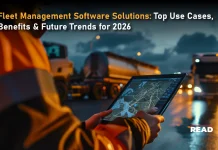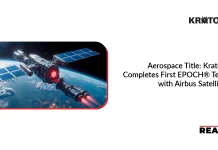Omnispace and Thales Alenia Space, a joint venture between Thales (67%) and Leonardo (33%), announced the successful launch and delivery of “Omnispace Spark-2™” satellite into orbit. This marks the completion of the deployment phase of the “Omnispace Spark™” program, the initial phase in the company’s development and delivery of the world’s first 5G capable satellite network.
Omnispace Spark-1, launched in April 2022, and Omnispace Spark-2 will now be used to advance and validate the development and implementation of Omnispace’s global non-terrestrial network (NTN). As prime contractor, Thales Alenia Space designed and built the Omnispace Spark satellites with the help of industry partners: NanoAvionics, ANYWAVES, and Syrlinks. Omnispace Spark-2 was delivered into orbit by Exolaunch aboard a SpaceX Transporter mission.
“Thales Alenia Space, along with this incredible team of innovators, was instrumental in making OmnispaceSpark possible, and we are thankful for their expertise and execution. With deployment of the OmnispaceSpark program now complete, we look forward to testing and advancing delivery of the first global, mobile network with direct-to-device connectivity from our satellites in space,” said Ram Viswanathan, president and CEO of Omnispace LLC. “Ubiquitous mobile connectivity will empower consumer, enterprise, and government users worldwide — creating economic opportunity like never before.”
The new-generation NGSO satellite constellation in low-earth orbit (LEO) will operate in 3GPP band n256, which has been standardized for NTN operation, making direct-to enterprise and government IoT, and consumer device connectivity possible worldwide.
“The success of the OmnispaceSpark program is due to an impressive team effort between Thales Alenia Space and innovative startups,” said Hervé Derrey, president and CEO of Thales Alenia Space. “We’re very proud to support Omnispace in the deployment of the first global 5G network via satellite, which will open the door for new opportunities for mobile network operators, industry and end-users.”




